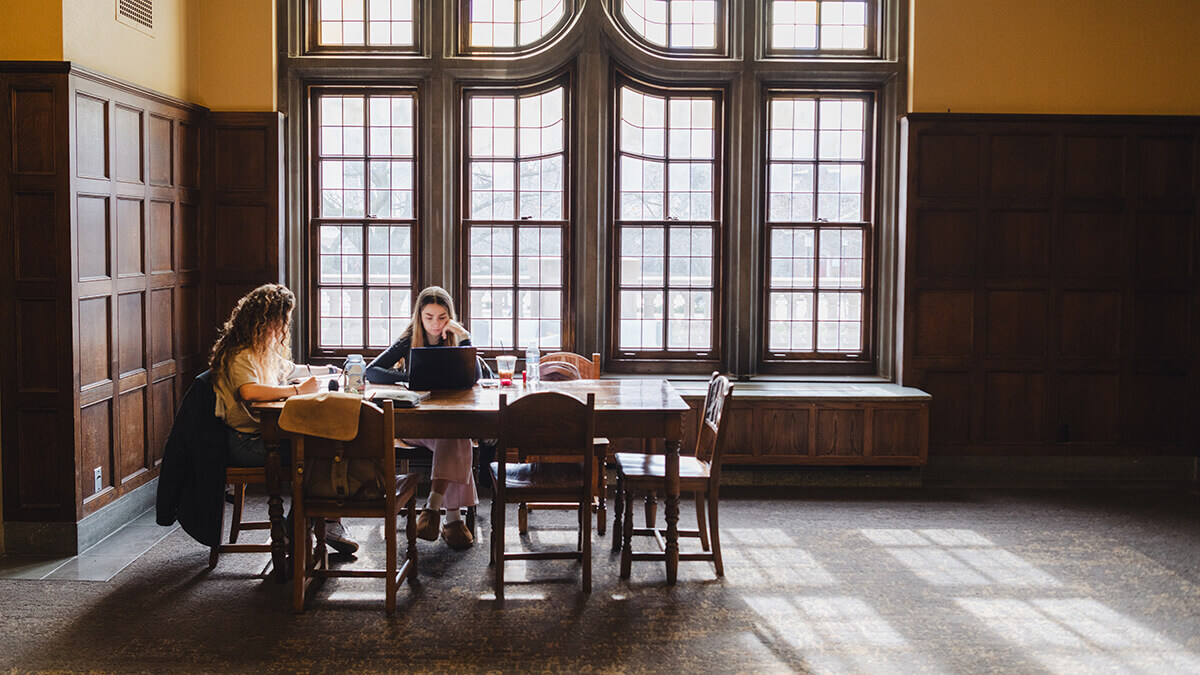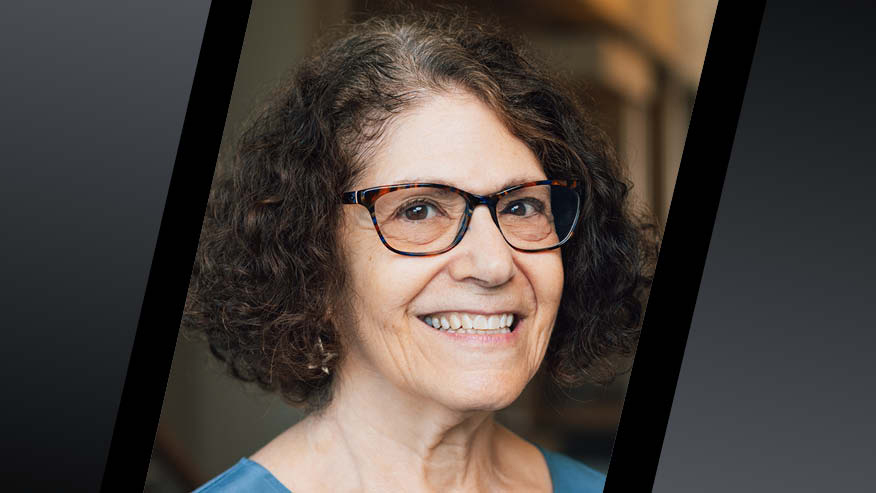Did You Know?: The Charles A. Ellis Papers
The true story behind the Golden Gate Bridge, one of the “Seven Wonders of the Modern World,” can be found in Purdue Libraries’ Archives and Special Collections.
In 1922, recent college graduate Charles A. Ellis was brought in to collaborate with engineers working on the bridge. Over the next decade, Ellis, who later would join Purdue as a professor of structural engineering, designed the bridge that would one day span 1.2 miles of San Francisco’s Golden Gate Strait.

A project once deemed too expensive and dangerous, the bridge is seen as a crowning achievement for American civil engineering, prompting the American Society of Civil Engineers to deem it one of the “Seven Wonders of the Modern World.”
When the first design was rejected in 1929 by the board of engineers overseeing the project, chief engineer Joseph Strauss tasked Ellis with incorporating a new theory of suspension bridge design into the second proposal. The new proposal contained a hybrid design for the bridge and was enthusiastically approved by the board in 1930. Ellis’ work, which is archived in the collection, included performing thousands of calculations for the bridge, writing specifications for ten bridge construction contracts and supervising the test boring and siting, which involved the complicated process of locating firm footing on the Marin shore.
Ellis was never credited for the bridge despite designing, in his own words, “every nut and bolt on the darn thing.” Outside of the engineering community, few knew of Ellis’ groundbreaking work until a series of books and documentaries highlighted the controversy in the early 21st century.
Purdue has maintained the Charles A. Ellis Papers collection since its acquisition in 1997. It contains documents, correspondence, charts and pictures that highlight Ellis’ professional career as a structural engineer and his time working on the Golden Gate Bridge.

“Numerous researchers have used the papers to prove that Ellis was instrumental to the design of the Golden Gate Bridge,” says Sammie Morris, University archivist, head of Archives and Special Collections, and associate professor of library science. “There seems to be a resurgence of interest likely due to the investigative films and publications that have focused on Joseph Strauss, Charles Ellis and the true story behind the design of the Golden Gate Bridge. These works attract the interest of additional researchers who want to investigate for themselves.”
National Geographic and PBS have used the papers for documentaries. Last month, a researcher from Canada traveled to Purdue to use the papers for three days of intense study. In April 2010, a faculty member at Merrimack College used the collection for an article published in the Journal of Professional Issues in Engineering Education and Practice.
As the official repository for documentation on Purdue history, Archives and Special Collections has safeguards in place to prevent decay caused by time and handling. The papers are stored in acid-free, lignin-free folders and archival boxes, which are kept in a secure vault with low temperature, humidity and light levels.
The collection provides an authentic, unedited and unpublished look into the work of the Purdue professor called Uncle Charley by his students due to his welcoming nature and determination to engage minds.
“What makes the papers so appealing is that they contain firsthand, primary source evidence of the past that does not exist anywhere else,” says Morris, who personally archived the collection. “They tell the story of a brilliant man who was instrumental in creating one of the Seven Wonders of the Modern World, but was not appropriately credited for his work.”



